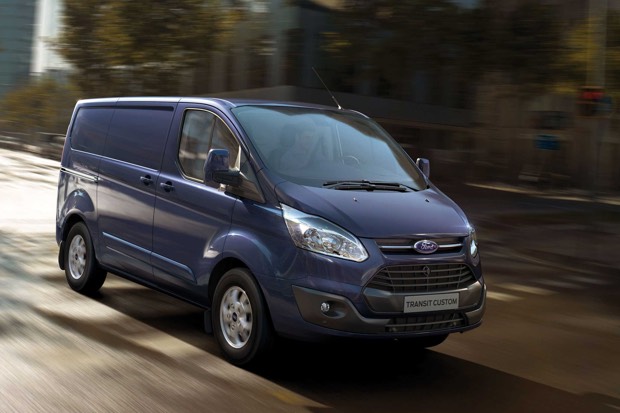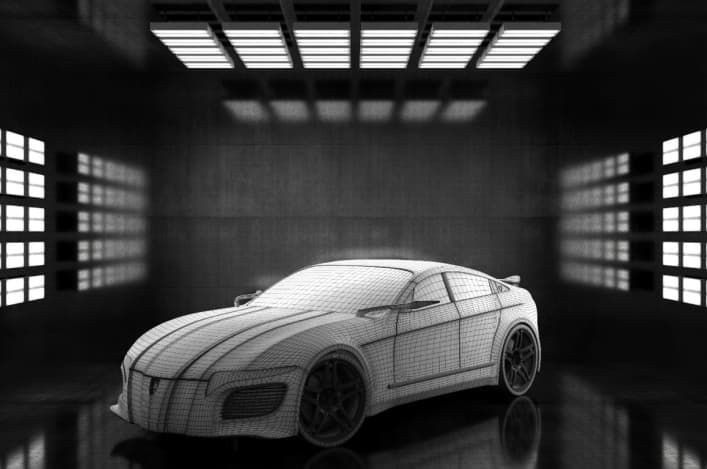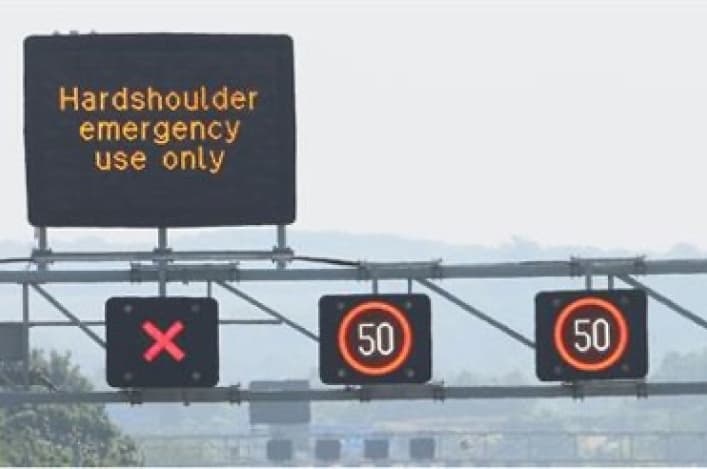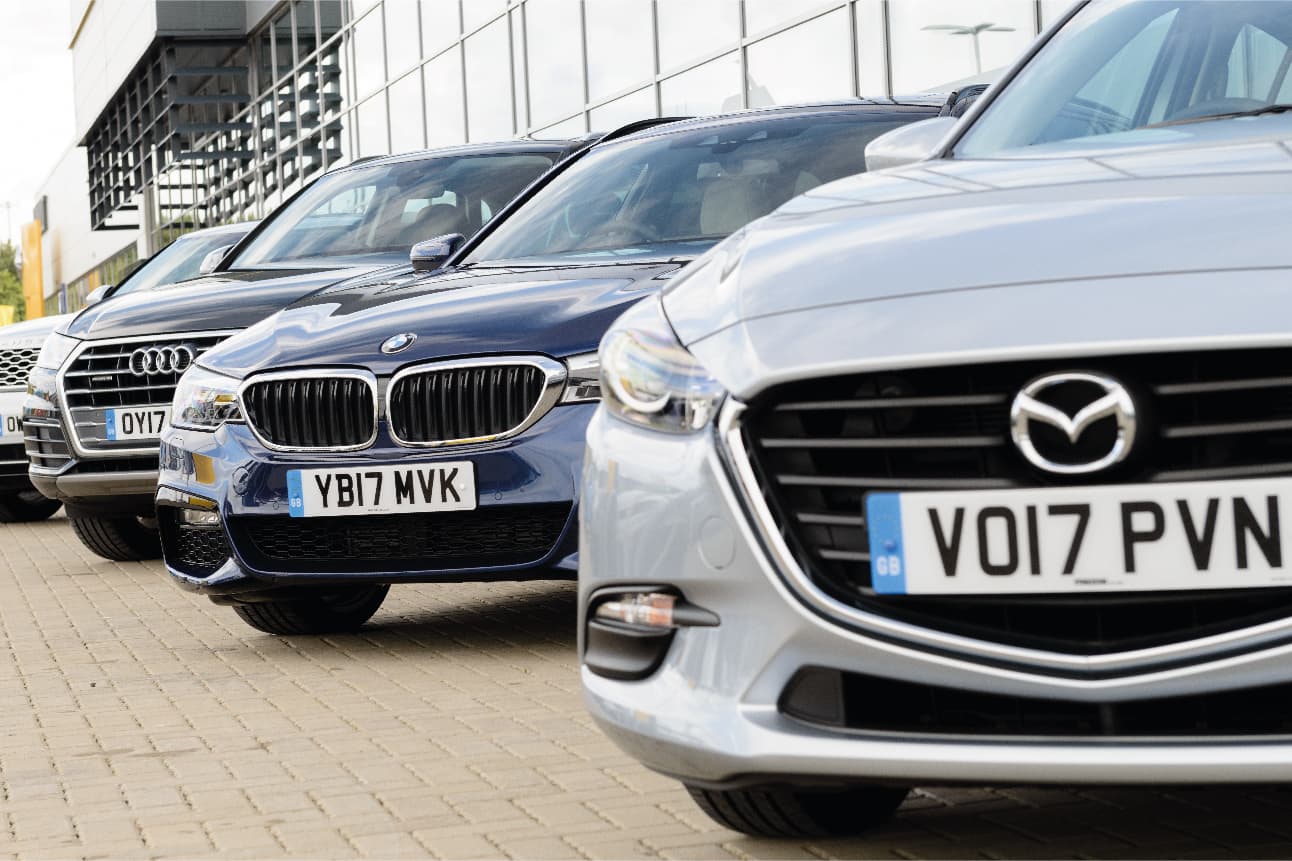19 September 2017
HMRC urged to clarify what classifies as a van, as accountants warn fleets of tax trap
HM Revenue and Customs (HMRC) has been urged to clarify its benefit-in-kind tax guidance on company cars and vans, with double cab pick-ups a specific future concern.

The call comes from RSM, a leading firm of accountants and business advisers, following a tribunal that ruled two Volkswagen Transporter Kombi models were cars, while a Vauxhall Vivaro was classed as a van. Yet, argued the tax experts, ‘most people would struggle to see the difference’.
RSM said: ‘The case provides some useful principles, [but] the picture remains unclear. We would welcome, as a matter of urgency, new guidance as to what HMRC deems to be a car and what is a van. In the meantime, with HMRC guidance contradicting the tribunal findings, the retrospective collection of tax on these vehicles seems wholly unreasonable.’
RSM says that HMRC has taken a policy decision to challenge the view of employers on some vehicles because the taxable benefit arising on cars is significantly higher than on vans.
Current legislation states that a van must be a goods vehicle, defined as ‘a vehicle of a construction primarily suited for the conveyance of goods or burden’.
What’s more, HMRC guidance argues:
- The test is applied at construction.
- A vehicle designed and marketed as a multi-purpose vehicle is unlikely to be a van.
- A vehicle with side windows behind the driver and passenger doors, is unlikely to be a van, particularly if fitted, or capable of being fitted, with additional seating behind the driver’s row, (irrespective of whether it is fitted in the vehicle at the time).
HMRC accepts that a double cab pickup with a payload of one tonne or more – excluding its hard top – is a van for benefit-in-kind tax purposes.
However, HMRC has challenged that other types of vans with a second row of seats are cars, despite being classified by the Driver and Vehicle Licensing Agency (DVLA) and insurance companies as designed and constructed for the carriage of goods.
The DVLA classification restricts those vehicles to 60 mph in a 70 mph zone. It therefore, according to RSM, ‘seems inappropriate for one government department to issue speeding fines as though they are vans and another government department to impose tax penalties as though they are cars’.
Whilst the tribunal decision was in favour of HMRC regarding the Volkswagen Transporter Kombis, the case detailed salient factors which contradicted those set out in HMRC’s guidance, said RSM.
The tax experts said: ‘It was found necessary to look at all the characteristics of the entire vehicle as provided to the employee, not just at construction. The side windows were considered irrelevant and being multi-purpose per se does not rule out the van being constructed primarily for the purpose of carrying goods.’
‘In the case of the Vauxhall Vivaro classified as a van, the overriding factor seemed to be the significant cargo space available in the middle section, even with the middle seats in place, compared with the Volkswagen Kombi.’
‘Employers should be mindful when relying on HMRC guidance in determining the taxable benefit arising on a company vehicle, as this may result in unexpected tax bills and possible penalties. The wider consequence of this case could be that double cab pick-ups are brought under review.’


